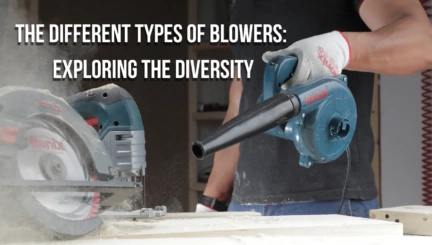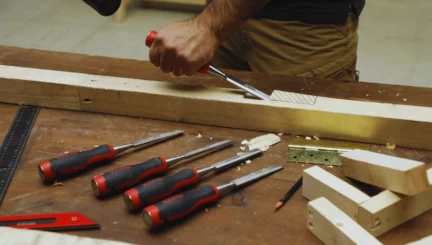- 3min
- 3616
- 0
Tires with low air pressure are potential for deadly accidents; besides, underinflated tires waste large amounts of gas because car owners don’t take time to check and adjust their car’s tire pressure. Car experts recommend you check and refill your tires once a month. As you know, you can’t tell that a tire has low air pressure just by looking at it and tire pressure monitoring systems (TPMS) warn you when the tire air pressure is 25 percent lower than the manufacturers’ recommended tire pressure.
Steps to Checking Your Tire Pressure
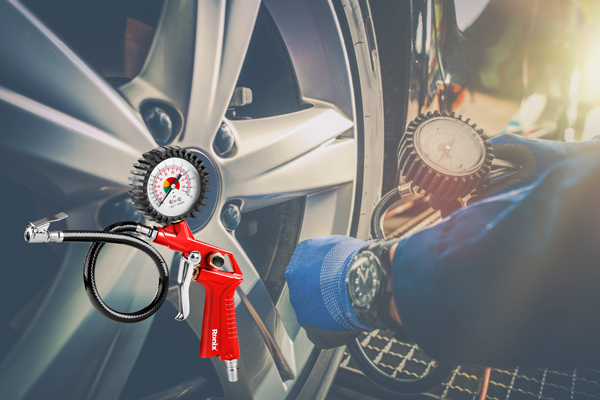
- Find the manufacturer’s recommended air pressure sticker; it’s usually yellow, and it’s placed on the doorjamb on the driver’s side or in the manual. Front and rear tires have different pressure levels. Jot down the observed pressure level for further examinations.
- Check tires’ air pressure level when they are cold before or after driving; it takes half an hour for tires to get cold.
- Press tire gauge to the valve stem for a second or two, long enough to see and read the number accurately.
- Read the air pressure level on the digital gauge and compare it with the specific number that the manufacturer suggests and try to bring the tire pressure up to the spec’s pressure.
Steps to Adjusting Your Tire Pressure
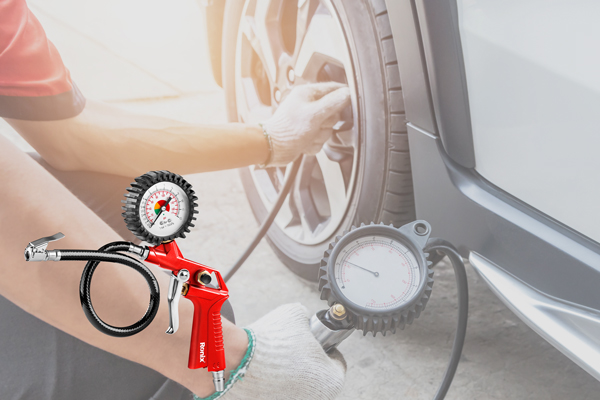
To bring your tires up to the specifications, there are two common ways to try. You can use a portable air compressor and refill the tires in your house or garage.
Related Article: Step-by-Step Guide to Rusty Car Repair
Most people rather save money and refill their tires at gas stations for free. Ronix tire inflating gun (RH-6801) combines an inflation gun, chuck, and gauge in one compact design to ease this process for you.
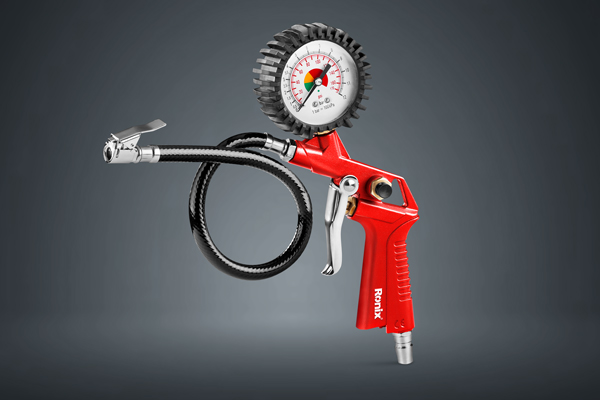
Here are the steps to adjust tire pressure:
- Turn on the air compressor; you will hear the motor starts to run; we recommend using Ronix branded air compressors to get your job done very fast.
- Remove the stem caps and put them in your pocket to prevent losing it.
- Put an effort and press the air compressor (RC-8010) hose down to the valve stem, make sure that air is flowing through the hose to the tire.
- Release the inflation lever and check the air pressure level; if it’s almost enough, the hose fitting gauge will show it to you.
- Repeat this step and adjust the pressure in all tires. In case the tires are warm, inflate them to 3 PSI over the specified amount.
- Check the tire pressure again with the digital gauge; if the air pressure level is too high, press the gauge down to release some air and then check the air pressure level again.
- Finally, replace the valve caps on all tires.
Watching this tire pressure adjustment video (youtu.be) can also be of great help.
Get in the habit of measuring your tire’s air pressure level once a month; this provides you with lower fuel consumption, reduced tire wear, and, more importantly, safe and free of risk driving.

Ronix
10 March 2021





